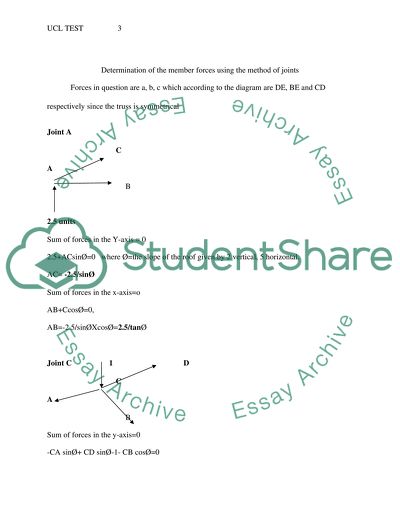Cite this document
(“Structures, Fluid Mechanics, Materials, and Soil Mechanics Math Problem”, n.d.)
Structures, Fluid Mechanics, Materials, and Soil Mechanics Math Problem. Retrieved from https://studentshare.org/engineering-and-construction/1400760-structures-fluid-mechanics-materials-and-soil-mechanics
Structures, Fluid Mechanics, Materials, and Soil Mechanics Math Problem. Retrieved from https://studentshare.org/engineering-and-construction/1400760-structures-fluid-mechanics-materials-and-soil-mechanics
(Structures, Fluid Mechanics, Materials, and Soil Mechanics Math Problem)
Structures, Fluid Mechanics, Materials, and Soil Mechanics Math Problem. https://studentshare.org/engineering-and-construction/1400760-structures-fluid-mechanics-materials-and-soil-mechanics.
Structures, Fluid Mechanics, Materials, and Soil Mechanics Math Problem. https://studentshare.org/engineering-and-construction/1400760-structures-fluid-mechanics-materials-and-soil-mechanics.
“Structures, Fluid Mechanics, Materials, and Soil Mechanics Math Problem”, n.d. https://studentshare.org/engineering-and-construction/1400760-structures-fluid-mechanics-materials-and-soil-mechanics.


